
views
- Turn on your computer and press the function key for your PC model.
- To reach the menu from Windows, click "Start" → Power button → hold "Shift" and click "Restart". Click "Troubleshoot" → "Advanced options".
- Use the Boot menu to find actions you can use to repair or troubleshoot issues with Windows.
Using a Keyboard

Turn on your Windows computer. To access the Boot menu, you'll need to press a key before the operating system fully loads. If your computer is on, shut it down first. You can also restart it.

Press and hold the Boot menu key. This will vary depending on your device. Here's a list of common BIOS keys by manufacturer: Acer: Del or F2 Asus: F9 Dell: F12 HP: Esc or F10 Lenovo: F1 or F2 Samsung: F2 You must press this key before the Windows logo appears. When done correctly, your computer will start in Safe mode.
Using Windows 11, 10, and 8

Click the Windows Start button. It’s usually at the bottom-left corner of the screen. On Windows 11, this will be in the bottom center of the screen.
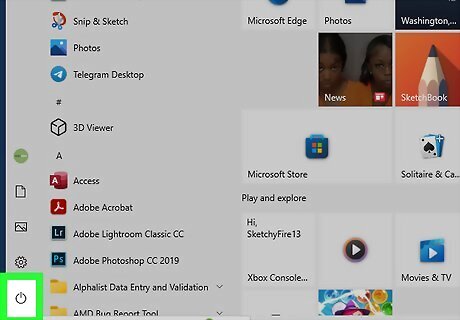
Click Windows Power. This will be underneath the cog icon. A pop-up menu will open.

Hold ⇧ Shift as you click Restart. You must hold Shift, otherwise your computer will perform a regular restart. The computer will power off and back on. Instead of booting to the desktop, you’ll see a blue menu titled “Choose an option.”

Click Troubleshoot. This will be underneath Continue.
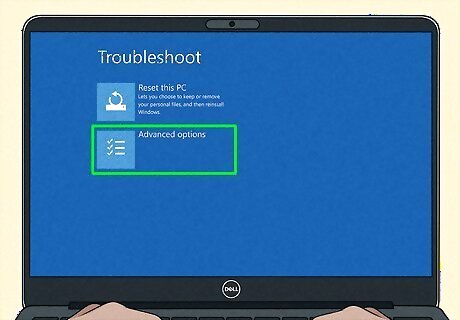
Click Advanced Options. You can find this at the very bottom.
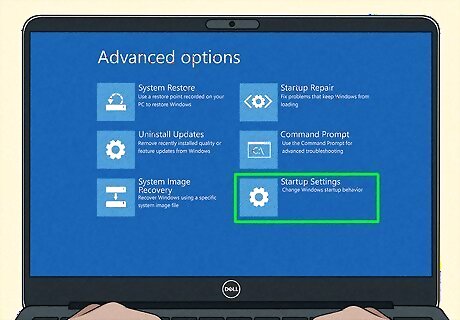
Click Startup Settings. You are now at the Windows boot (Startup Settings) menu. You can now use the Advanced Options menu to repair your device, or boot from another drive.
Using Windows 7 and Vista

Press Alt+F4. This will open the Shut Down Windows menu.
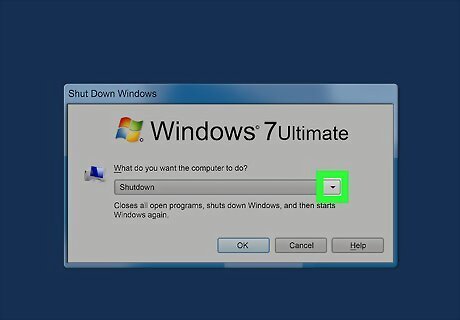
Click the drop-down menu. The options will expand.
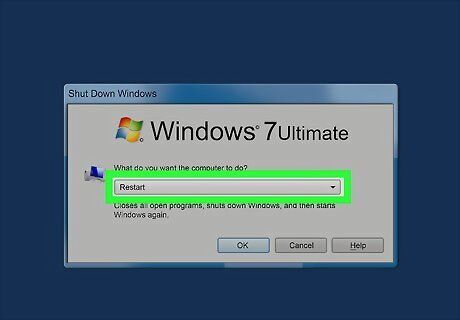
Select Restart. This will be next to Shut down.

Click OK. The computer will now shut down and restart. As soon as the computer restarts, you will need to act quickly—be ready.
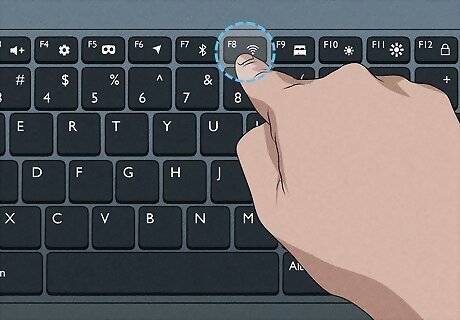
Press and hold F8 as soon as the computer restarts. You’ll need to press it before the Windows logo appears. Continue holding this key until you see the Advanced Boot Options menu. If Windows boots to the desktop, repeat this process to try again.
Using Windows XP
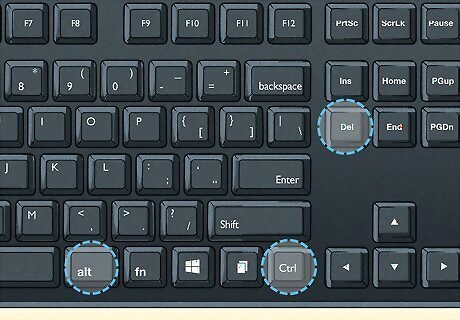
Press Ctrl+Alt+Del. This will open the Windows Security menu.
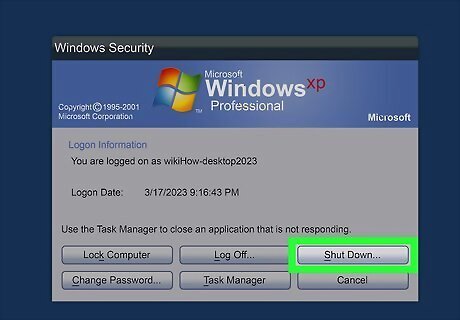
Click Shut Down…. You can find this next to Log Off….

Click the drop-down menu. This will expand the options.
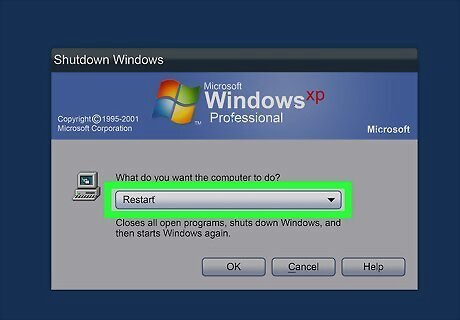
Click Restart. This will be next to Shut down.
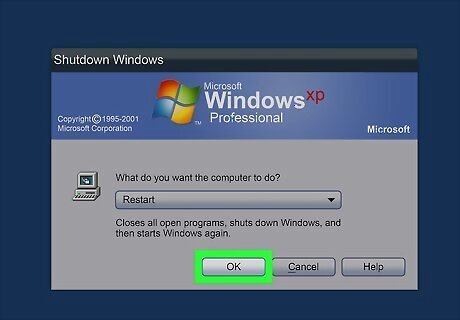
Click OK. The computer will now restart. As soon as the computer restarts, you will need to act quickly—be ready.

Press F8 repeatedly as soon as the computer powers on. Continue tapping this key until you see the Advanced Boot Options menu—this is the Windows XP boot menu. If Windows boots to the desktop, repeat this process to try again.



















Comments
0 comment